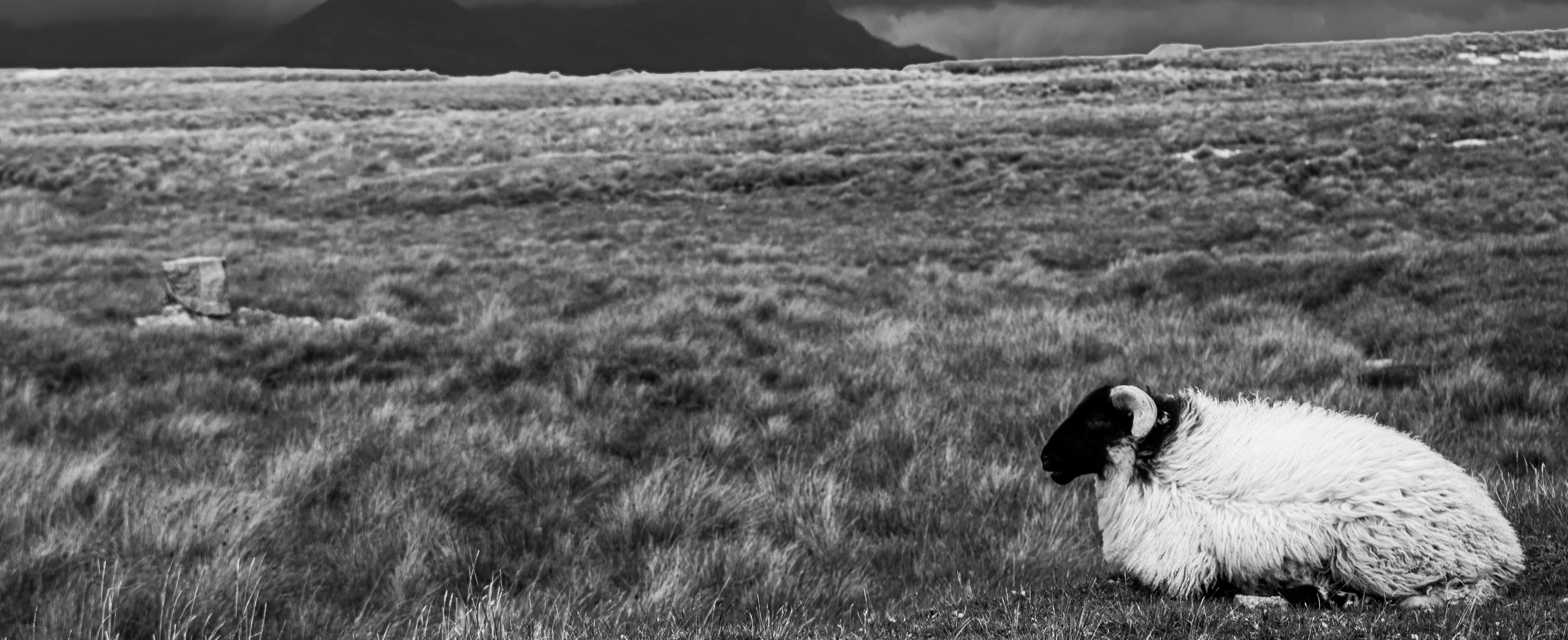Abstract
'The Flight of Birds' is a retelling – and a reconfiguration – of a story contained in Katharine Briggs’ British Folk-Tales and Legends (1977). It engages with the way animals are used in folk tales as symbols of human psyche, but, more importantly, the way animals in stories can move beyond simply symbolic value. In the original story, and in my retelling of it, birds appear both as extensions of the characters’ emotional state, and as creatures with an agency and power beyond human interests.
The piece tells the story twice: first as a simplified summary of the original, followed by what Philip Pullman calls a ‘personal interpretation’ or ‘poetic variation’. In doing this, I attempt to show not only, as Miller and Hilbert note, that ‘changes in history become changes in narrative’(140), but also to reflect on Reinhard Friedrich’s observation that ‘Animal Tales have a residual power that percolates up through sedimented layers of history’(196). In my double vision I play with the function of the birds as guardians of morality and empathy, while still maintaining their presence outside human experience, gliding above us in miraculous unfathomable patterns. The birds in my story, I hope, have the capacity to transcend the pettiness of human concerns. As Merleau-Ponty states, when trying to decipher da Vinci’s symbolic use of birds, ‘we are caught in a secret history…[it is nearly impossible] to decipher the riddle from what we know about the meaning of the flight of birds’(22).
How to Cite:
Lobb, J., (2014) “The Flight of Birds”, Animal Studies Journal 3(1), 73-79.
Downloads:
Download PDF
353 Views
529 Downloads

